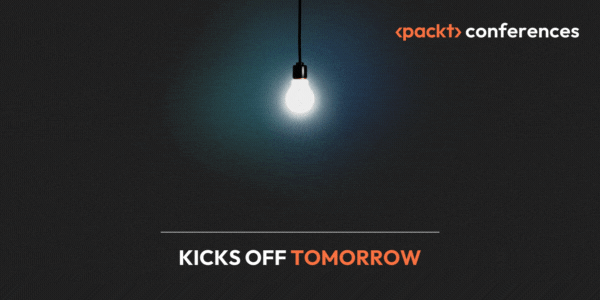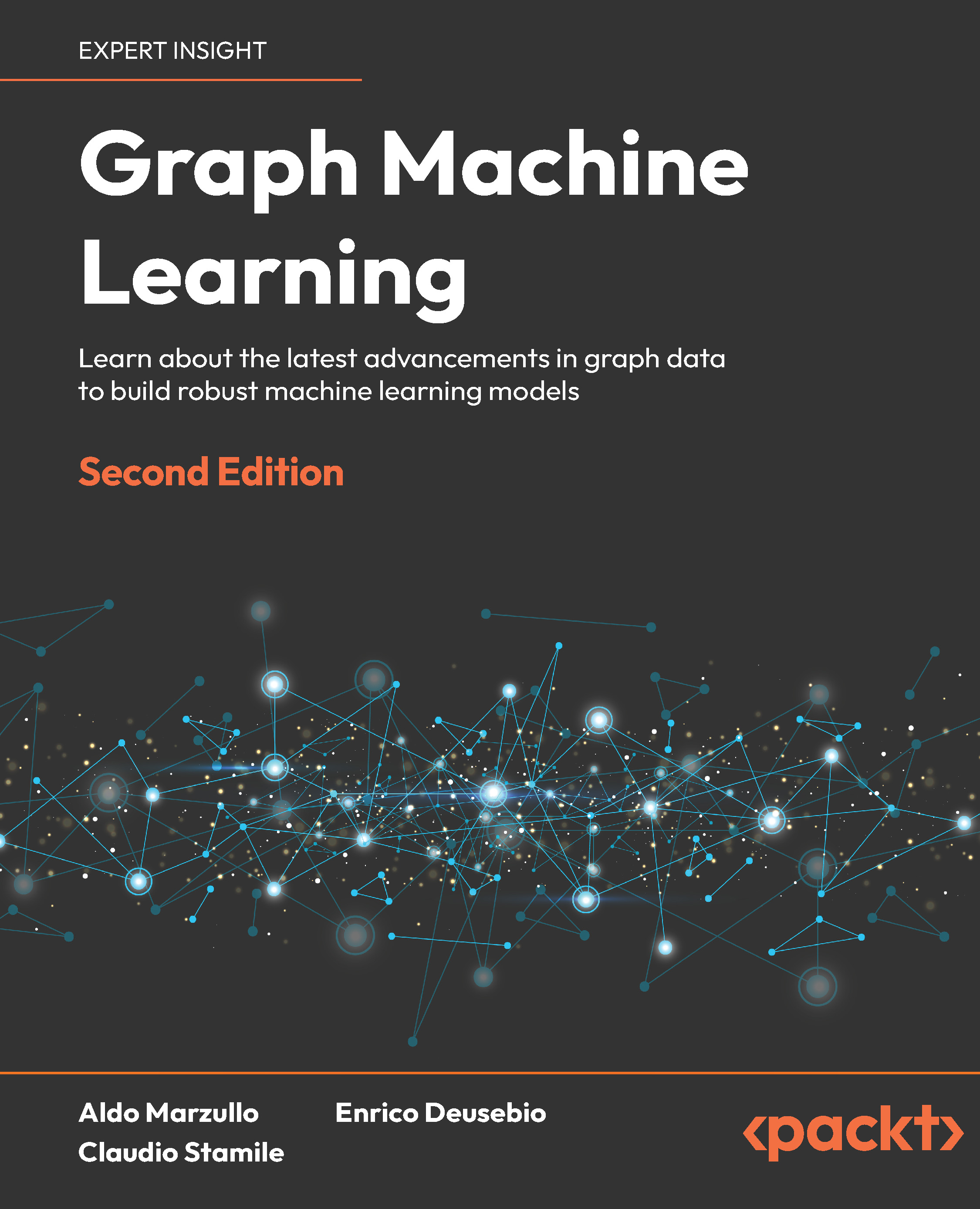Welcome to DataPro #117 – Your Weekly Data Science & ML Wizardry! 🌟
Stay on top of AI and ML breakthroughs with this week’s hottest tools, trends, and strategies. Ready to supercharge your projects? Let’s jump in! 🚀
🔍 Model of the Week: Cracking Open AI Innovations
✦ Activation Steering by Microsoft: Discover a game-changing method to enhance instruction-following in LLMs.
✦ Stable Diffusion 3.5: The latest release from Stability AI promises faster, more accurate image generation.
✦ FunnelRAG: Supercharge your AI with this innovative approach to improve retrieval in RAG systems.
✦ Meet SynPO: A cutting-edge technique using synthetic data for smarter model alignment.
✦ Moonshine: Fast, accurate, lightweight speech recognition for edge devices.
🚀 Tech Trends on the Rise
✦ LayerSkip by Meta AI: Speed up LLM inference with this breakthrough in AI architecture.
✦ IBM’s Granite 3.0 Models: Power your enterprise AI with these robust new models.
✦ OMat24 Dataset by Meta AI: The biggest open inorganic materials dataset, ready for your next project.
✦ Meta Spirit LM: Explore the future of text and speech with this open-source multimodal model.
✦ Generative AI in Retail: How AI and data are transforming customer experiences.
🛠️ Tools & Techniques Showdown
✦ 5 Hidden Data Transformation Gems: Unveil new techniques for cleaner, faster analysis.
✦ Top 10 GitHub Repos for NLP: Essential resources to master natural language processing.
✦ Generative AI for Devs: Speed up software development with AI-driven coding tools.
✦ Optimizing ALBERT for Mobile: Learn how to deploy Hugging Face Transformers efficiently on mobile.
✦ Streamline Teamwork with Monday.com: Unlock smoother collaboration for data science projects.
📊 Real-World Wins: ML Success Stories
✦ OpenAI & Lenfest Fellowship: Learn how AI is shaping the future of journalism.
✦ ML Metamorphosis: Discover how chaining models leads to breakthrough results.
✦ Key Roles in Fraud Prediction: A deep dive into the people behind successful fraud detection with ML.
✦ Mastering Back-of-the-Envelope Math: Quick estimations for better data-driven decisions.
✦ Building Product-Oriented ML: From concept to product—guidance for data scientists.
✦ Amazon Q Developer for AWS Lambda: New tools for faster, smarter code development.
🌍 ML Newsflash: Hot Off the Press
✦ The AWS Bedrock Tutorial: Everything you need to set up for AWS success.
✦ Relational Deep Learning for Self-Service AI: Make ML easier with relational databases.
✦ Why Scaling Works: Insights on inductive biases vs. scaling up models.
✦ Optimizing AI Models on AWS Inferentia & Trainium: Best practices for faster results.
✦ Chunking Documents with LLMs: Unlocking knowledge, one chunk at a time.
Stay sharp, stay curious, and stay ahead with DataPro!
Unlock access to the largest independent learning library in Tech for FREE!
Get unlimited access to 7500+ expert-authored eBooks and video courses covering every tech area you can think of.
Renews at $15.99/month. Cancel anytime
 United States
United States
 Great Britain
Great Britain
 India
India
 Germany
Germany
 France
France
 Canada
Canada
 Russia
Russia
 Spain
Spain
 Brazil
Brazil
 Australia
Australia
 South Africa
South Africa
 Thailand
Thailand
 Ukraine
Ukraine
 Switzerland
Switzerland
 Slovakia
Slovakia
 Luxembourg
Luxembourg
 Hungary
Hungary
 Romania
Romania
 Denmark
Denmark
 Ireland
Ireland
 Estonia
Estonia
 Belgium
Belgium
 Italy
Italy
 Finland
Finland
 Cyprus
Cyprus
 Lithuania
Lithuania
 Latvia
Latvia
 Malta
Malta
 Netherlands
Netherlands
 Portugal
Portugal
 Slovenia
Slovenia
 Sweden
Sweden
 Argentina
Argentina
 Colombia
Colombia
 Ecuador
Ecuador
 Indonesia
Indonesia
 Mexico
Mexico
 New Zealand
New Zealand
 Norway
Norway
 South Korea
South Korea
 Taiwan
Taiwan
 Turkey
Turkey
 Czechia
Czechia
 Austria
Austria
 Greece
Greece
 Isle of Man
Isle of Man
 Bulgaria
Bulgaria
 Japan
Japan
 Philippines
Philippines
 Poland
Poland
 Singapore
Singapore
 Egypt
Egypt
 Chile
Chile
 Malaysia
Malaysia
















